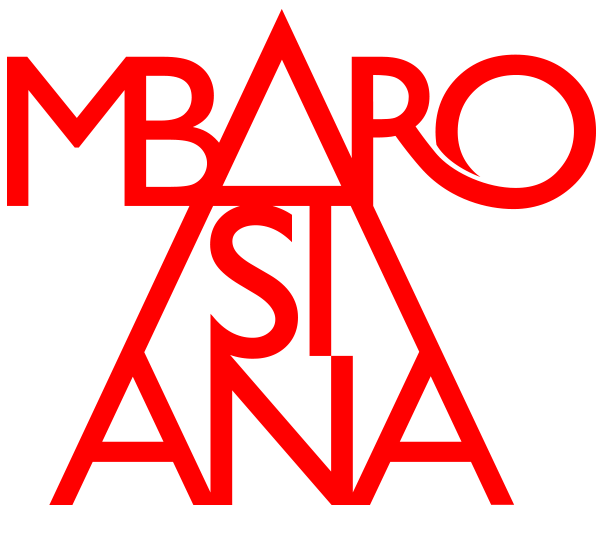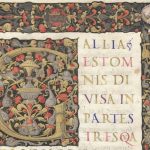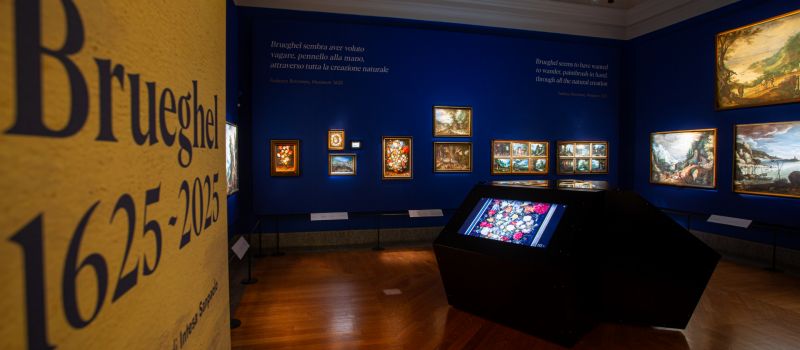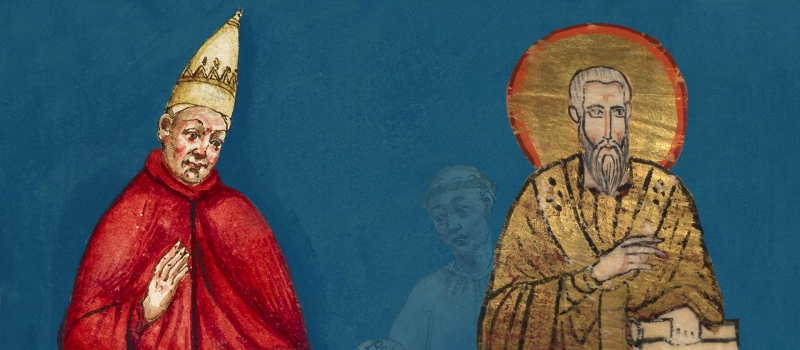Those made of paper, obtained from special “cutting sheets” mounted on rigid supports and arranged in a scene, were donated to the Dalmine Museum by a private collector and can all be dated between the end of the nineteenth century and the early twentieth century.
Among these, the reproduction of the crèche created by the artist Giuseppe Carsana in 1868 for the Sanctuary of Our Lady of Sorrows in Rho and the transposition in print of some characters of the famous “crèche of Gernetto” painted by Francesco Londonio, a painter widely represented in the Ambrosian collections, stand out. The exhibition aims to be a contribution to the rediscovery of the charm and enchantment of paper nativity scenes, widespread in Europe since the first half of the eighteenth century, which are a significant part of the Catholic tradition. It is an artistic and cultural heritage which in recent years has been re-evaluated by researchers and collectors, allowing the formation of collections of great value which include the most diverse types.
The revolving Neapolitan crèche is displayed in the Medusa room: a classic scenography in cork, the typical Neapolitan rock, houses this nativity teeming with characters. Next to the sacred scene of the Adoration of the Magi we find scenes of daily life such as the wonderful tavern with the set table. On the back a shepherd sleeps: it is Benino, a typical figure of the Neapolitan nativity scene that symbolizes the one who fell asleep in the old world and awakens in the new Christian world. Some ancient Neapolitan figures are also exhibited at the beginning of the exhibition tour. It is a Holy Family, two Moors with horses, the latter recalling the figures represented in the procession of Titian’s Adoration of the Magi, and three Magi of extraordinary workmanship, with finely modeled faces made of terracotta and glass paste. The beards, the hair and even the wrinkles: every detail gives great expressiveness to these majestic characters. The dresses are in hand-sewn silk, decorated with golden trimmings and embroidery.
The Lombard plaster crèche, made in the twentieth century with molds and models from the nineteenth century, has come down to us in excellent condition, despite the very fragile material. The iconography of the characters is rich with figures in different attitudes and all finished with particular care, dressed in tunics according to the Lombard tradition of the plaster nativity scene.
The handcrafted production of plaster crèche figures in Lombardy was active from around 1700 to 1940 when, almost suddenly, it ceased due to the advent of plastic figures, which were less expensive and, above all, less fragile. The statues were made in the workshops using wooden casts. Painting and decoration was entrusted almost exclusively to women.
Of the two African nativity scenes, one is in carved rosewood, the other is in metal with beautiful figures of seated musicians playing. Finally, the Burmese crèche is in painted and gilded wood, a unique crèche that encompasses the West, in the message, and the East in the style.
On 17 December there will also be an exclusive Christmas event which includes a concert in the Sala Federiciana followed by a guided tour of the Crèches exhibition.






































































































































































